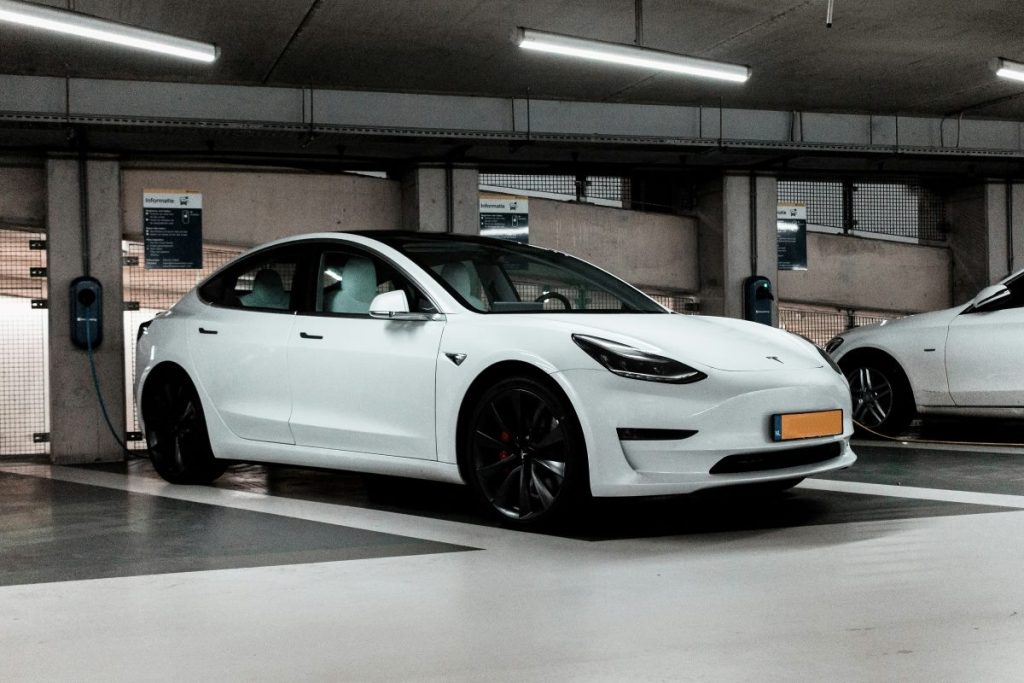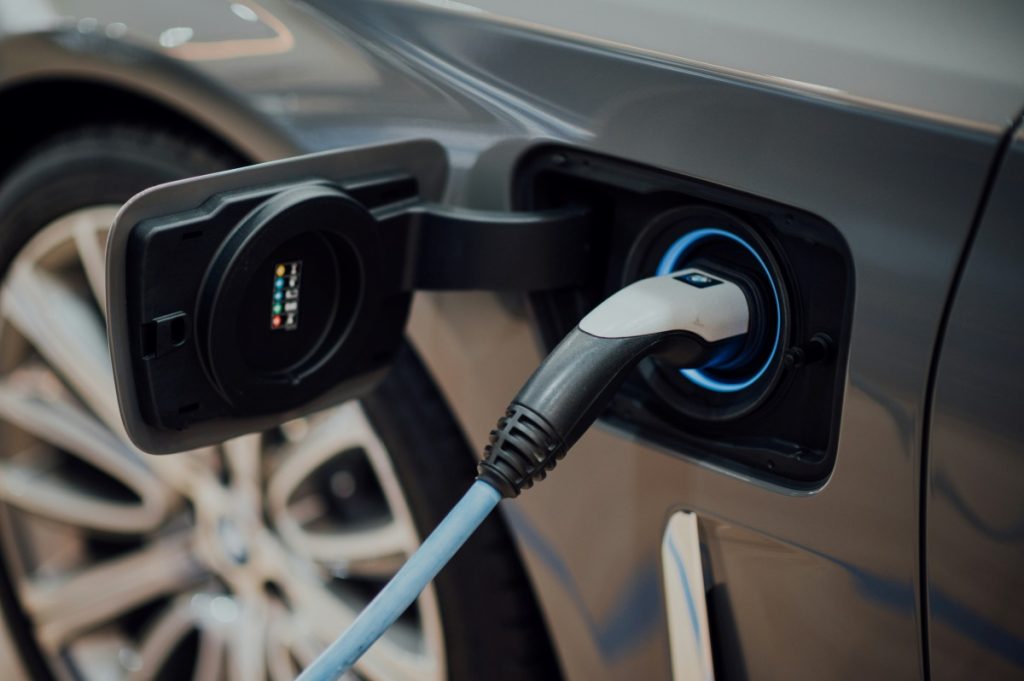
The All-New Renault Duster is Here
After a two-year absence from the South African market, the mighty Renault Duster is back...
 12 March 2025
12 March 2025 
Electric vehicles (EVs or EV cars) are no longer limited to science fiction. Today, you can buy and drive a fully-electric vehicle right here in South Africa. That’s why we’re launching our Electric Vehicle Charging Station Map – you can use it to plan your route and ensure you never run out of juice.
But what is an EV and how is it different from a hybrid electric vehicle (HEV)? We’ve put together a guide to the different types of EVs to help you find out. Read on to learn more.

Tesla is arguably the most recognisable EV brand in the world
An electric vehicle is a car that uses energy from a large battery pack to drive one or more electric motors, also known as traction motors. Unlike internal combustion engines (ICEs), which burn fuel to drive the wheels, electric motors run on electricity.
However, not all electric vehicles are the same. Let’s break it down:

The interior of a Tesla EV
According to Nissan, EVs work by drawing power from a battery to move the wheels. This process requires several key components:
But how does an electric traction motor actually work? In simple terms, the inverter feeds electrons to the motor, generating a rotating magnetic field, which turns the motor, and subsequently, the wheels.
Compared to traditional cars, there are much fewer moving components involved. This makes EVs quieter, lighter, more compact, and easier (and cheaper) to maintain.

Most EVs feature a charging port like this one
In the case of a BEV or PHEV, you’ll need to physically plug-in the vehicle to a suitable power source. Some EVs can draw power from a 240 V power outlet, but in many cases, you need to use a dedicated charging station – either at home or at designated public facilities.
So, instead of filling up with petrol or diesel, you plug the charging station’s cable directly into the EV’s charging port. Lithium-ion batteries store this energy as DC power and the inverter must convert it to AC power before the electric motor can use it.
Conversely, you never need to physically charge an HEV. Instead, the electric motors recover energy that would otherwise be lost through braking, or the ICE generates electricity to recharge the battery pack. In fact, BEVs and PHEVs also use this technology to supplement physical charging.

Volkswagen also manufactures EVs
Yes, they are. Throughout the full life cycle of an EV, it will generate significantly less emissions than an ICE car. There aren’t any exhaust fumes, after all. However, in South Africa, we still heavily depend on fossil fuels for electricity generation, so EVs aren’t technically emission-free.
Regardless, electric motors are simply better at converting stored energy into movement. So much better, in fact, that many EVs accelerate much faster than ICE cars.
According to Earthjustice, “EVs stack up better than combustion any which way you look at it”. The organisation asserts that even when charged on the “dirtiest” power grids, EVs are still more efficient than ICE cars.
“A calculation by the European Federation for Transport and Environment found that the lifetime fuel consumption of a traditional car requires a tower of oil barrels as high as a 25-story building,” it says. “The metals needed to make an EV battery, meanwhile, are about the size of a microwave oven.”
There’s no doubt about it: EVs are the future of cars. Over the past three decades, vehicle manufacturers have made incredible progress, taking us from the first hybrids to modern, lithium-ion battery-powered supercars that put the planet first.
Keep an eye on our digital channels for some exciting news. In the coming weeks, we will launch our dedicated EV Charging Station Map, helping South Africans get from place to place with the peace-of-mind that they won’t run out of power.